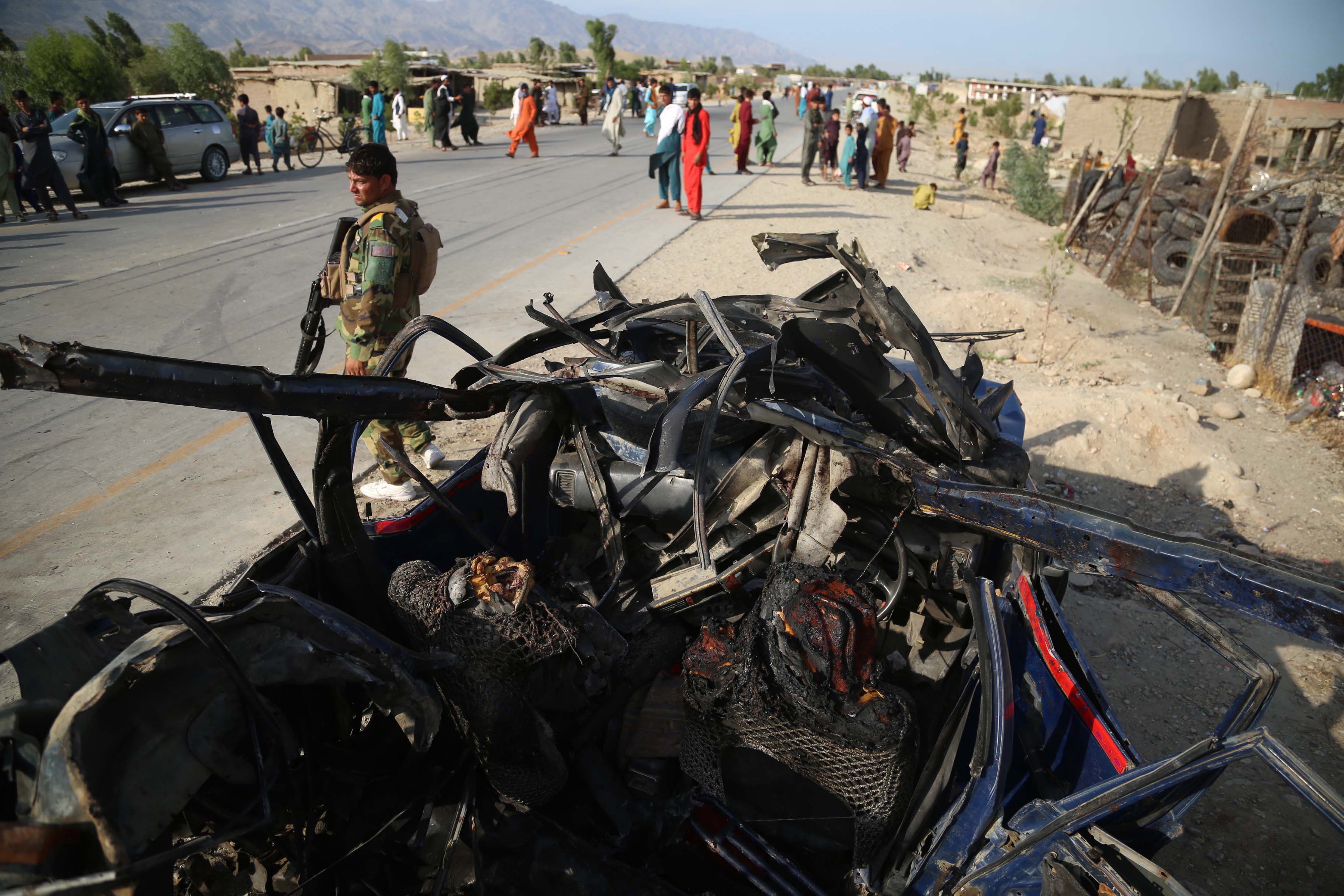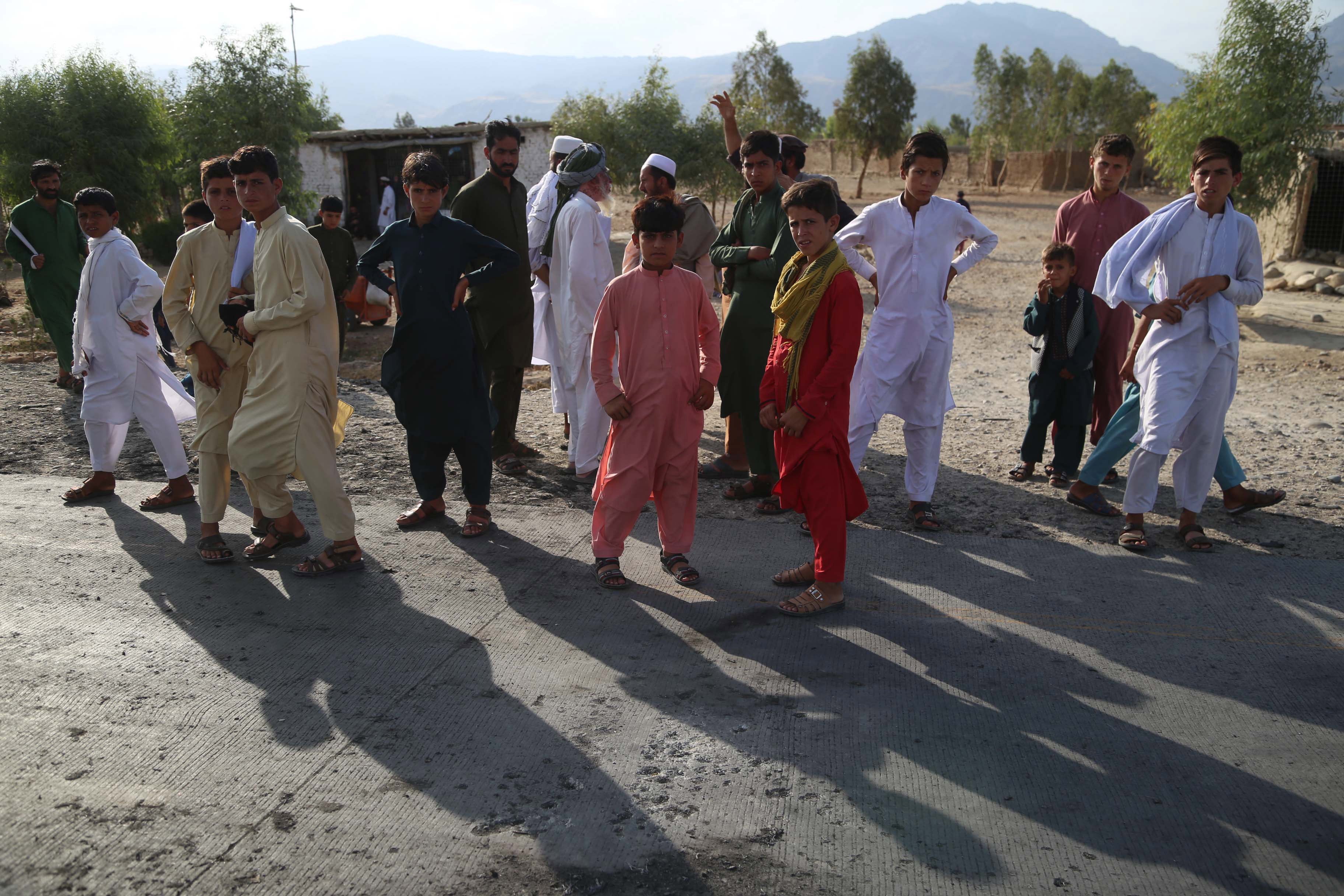Afghan civilian casualties grow following withdrawal by US-led forces
More than 1,600 civilians have lost their lives this year, according to the UN

Civilian casualties in Afghanistan have reached record levels since the withdrawal of international forces began, with an unprecedented number of children and women among the victims.
Fears grow that the carnage will get even worse as the fighting moves from rural to urban areas and as deaths and injuries rise alarmingly – even by the violent standards of the country’s conflict – questions are being increasingly raised about the price being paid by Afghanis for President Joe Biden’s decision for the hasty pullout followed by Taliban offensives which have captured swathes of territories.
The United Nations Assistance Mission in Afghanistan (UNAMA) found that in May and June, following the start of the departure of US-led forces, 783 people were killed and another 1,609 injured.
In the previous four months, a total of 876 people were killed and 1,915 injured. Of that total, 468 children lost their lives and 1,214 were injured; 219 women were killed and 508 were injured.
The UN report stated: “Particularly shocking and of deep concern is that women, boys and girls made up close to half of all civilian casualties in the first half of 2021. It is sickening to report that more women and more children were killed and injured than ever before recorded by UNAMA for the first half of any calendar year.
“Much of the battlefield action during the most deadly months of May and June took place outside cities, in areas with comparatively low population levels.
“The UN is gravely concerned that if intensive military action is undertaken in urban areas with high population densities, the consequences for Afghan civilians could be catastrophic.”
The Afghan government imposed a night-time curfew for large parts of the country at the weekend in an attempt to stop insurgent infiltration into the cities. Kabul and a number of other areas are excluded for the time being.
The Taliban were blamed for 64 per cent of the killings and woundings with Isis held responsible for nine per cent. Sixteen per cent were apportioned to “undetermined” Islamists.
Government forces, allied militias and others were held culpable for the other fatalities and injuries. In a sign of the “Afghanisation” of the war, international troops were not among the forces named.
The report noted that bombings and shootings of civilians by the Taliban and other insurgent groups have continued as well as the deliberate targeting of children.
An attack on the Sayed ul-Shuhuda school in Kabul in May, as US-led forces began to leave, caused 300 casualties with 85 killed, mostly schoolgirls. Deadly sectarian assaults have increased with the Hazara and wider Shia communities repeatedly hit.

Deborah Lyons, secretary-general António Guterres’s special representative for Afghanistan, said: “I implore the Taliban and Afghan leaders to take heed of the conflict’s grim and chilling trajectory and its devastating impact on civilians. The report provides a clear warning that unprecedented numbers of Afghan civilians will perish and be maimed this year if the increasing violence is not stemmed.”
Talks are set to resume in Qatar between the Afghan government and the Taliban. However, Western and Afghan diplomatic sources claim that the Taliban are seeking to impose terms which would mean effective surrender of power.
Suhail Shaheen, a Taliban spokesman and a member of the group’s negotiating team in Doha, stated that there can be no peace until there were changes to the Afghan government, including the departure of President Ashraf Ghani.
Join our commenting forum
Join thought-provoking conversations, follow other Independent readers and see their replies
Comments
Bookmark popover
Removed from bookmarks